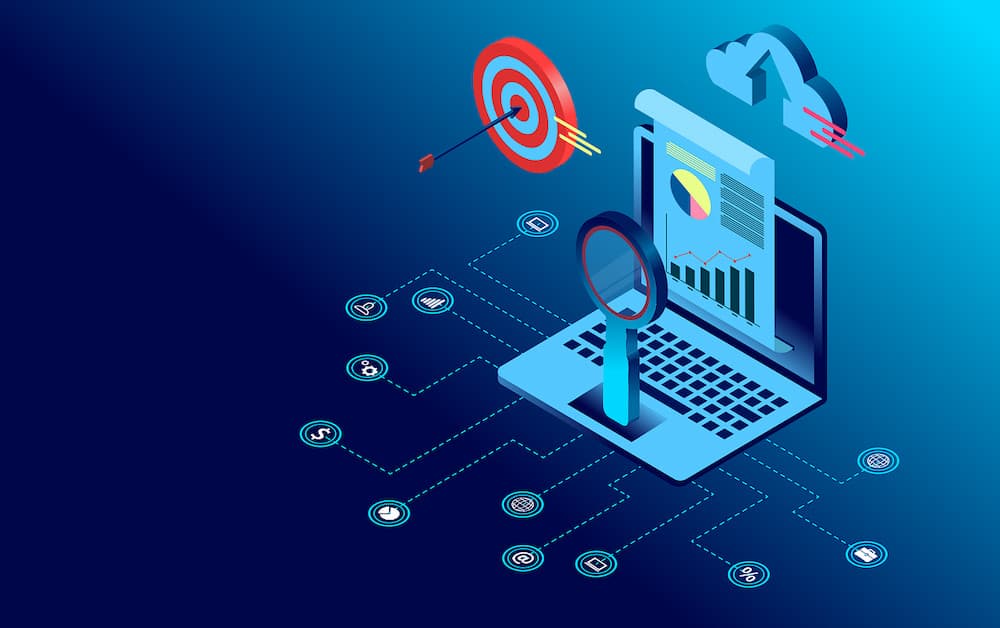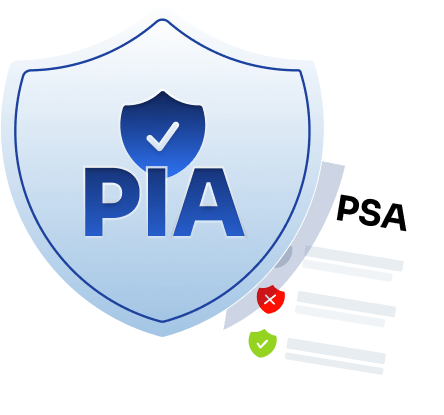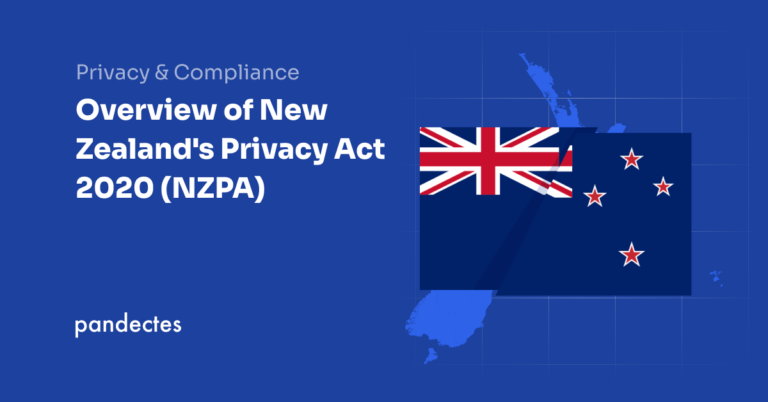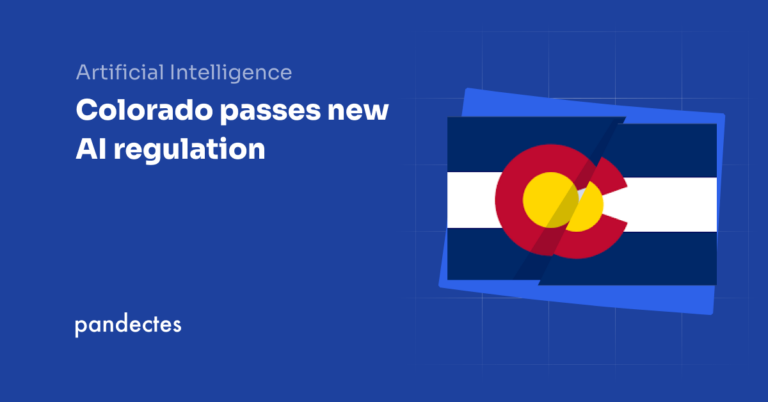Introduction
Privacy Impact Assessments (PIAs) are an effective way for organizations to evaluate the potential impact of an activity on an individual’s privacy. By focusing on data processing activities, potential privacy risks, and regulatory requirements, PIAs help to identify, assess, and mitigate risks associated with handling personal data.
Effective PIAs involve a structured approach to ensure compliance with relevant regulations and enhance data protection measures. By conducting PIAs, organizations can build trust with customers and stakeholders, enhance data protection measures, and mitigate the risk of data breaches and associated consequences.
Importance of Privacy Impact Assessments
Privacy Impact Assessments are essential tools for organizations to navigate the complex landscape of data privacy regulations and mitigate associated risks. They assist in comprehending the potential impact of processing data on individuals’ privacy rights and ensuring compliance with laws, such as the General Data Protection Regulation (GDPR).
By conducting PIAs, organizations can proactively identify privacy risks, address gaps in their privacy controls, and build trust with data subjects and stakeholders. Additionally, effective PIAs demonstrate an organization’s commitment to privacy protection and enhance its reputation in the eyes of regulators and the public.
Key Components of a PIA
A comprehensive PIA typically includes several key components to evaluate privacy risks and compliance requirements thoroughly. These components may include:
Data cataloging and mapping: PIAs begin with cataloging and mapping the data involved in a project or system. This process involves identifying the types of data collected, its sources, and how it flows through the organization’s systems.
Sensitivity classification: Data sensitivity classification is crucial in understanding the risk level associated with different data types. This step involves categorizing data based on its sensitivity level, such as personally identifiable information (PII), financial data, or health records.
Risk assessment: A comprehensive risk assessment is conducted to identify potential privacy risks associated with the project or system. This includes evaluating the likelihood and impact of various privacy risks, such as unauthorized access, data breaches, or misuse of personal data.
Controls assessment: After identifying potential risks, organizations assess the effectiveness of existing privacy controls and safeguards. This step involves evaluating whether current controls adequately mitigate identified risks or if additional measures are necessary.
Minimization techniques exploration: Exploring minimization techniques involves identifying opportunities to minimize personal data collection, use, and retention. Organizations evaluate whether data minimization strategies, such as anonymization or pseudonymization, can be implemented to reduce privacy risks.
Documentation and reporting: Documentation and reporting are essential components of a PIA. Organizations document the assessment findings, including identified risks, control measures, and mitigation strategies. This documentation serves as a record of compliance and provides transparency to stakeholders.

Conducting an effective PIA
To conduct an effective Privacy Impact Assessment (PIA), organizations should follow a structured approach that includes the following steps:
Identify the scope: Determine the scope and boundaries of the assessment, including the systems, processes, and data involved.
Data collection: Gather relevant information about the organization’s processing activities, data subjects, and data flows.
Risk assessment: Evaluate the potential privacy risks associated with the processing activities, considering factors such as data sensitivity, potential vulnerabilities, and threats.
Mitigation strategies: Develop and implement measures to mitigate identified risks, such as implementing security measures, enhancing data encryption, or implementing access controls.
Integrating PIAs into organizational processes
To ensure the effectiveness of Privacy Impact Assessments (PIAs), it is recommended that organizations integrate them into their existing processes and workflows. This integration incorporates privacy considerations into decision-making processes, project planning, and risk management frameworks. By embedding PIAs into organizational processes, organizations can proactively address privacy risks and enhance their overall data protection posture.
Privacy concerns are not an afterthought but a key consideration throughout the project lifecycle, from planning to implementation. This approach enables organizations to identify potential privacy issues early on and mitigate them before they become bigger problems.
Additionally, integrating PIAs into existing processes helps ensure that privacy risks are not overlooked or ignored but rather addressed systematically and consistently. Overall, embedding PIAs into organizational processes is an important step towards ensuring that privacy is taken seriously and that organizations can protect the personal information of their customers and stakeholders.
Challenges in conducting PIAs
Despite their importance, organizations may face various challenges when conducting Privacy Impact Assessments (PIAs). Some common challenges include:
Resource constraints: Limited resources, including time, budget, and expertise, may hinder the thoroughness and effectiveness of PIAs.
Complexity of systems: Assessing the privacy impact of complex IT systems and processes can be challenging, especially in organizations with diverse infrastructures and data environments.
Best practices for effective PIAs
To overcome these challenges and conduct effective Privacy Impact Assessments (PIAs), organizations can adopt the following best practices:
Executive support: Secure buy-in and support from senior leadership to allocate sufficient resources and prioritize privacy initiatives.
Cross-functional collaboration: Involve stakeholders from various departments, including legal, IT, compliance, and security, to ensure comprehensive assessments and implementation of mitigation measures.

Addressing personal data security
As privacy concerns continue to rise, organizations must prioritize data security in their privacy impact assessments. Protecting personally identifiable information (PII) from unauthorized access, data breaches, and cyber attacks is crucial.
Robust security measures, such as encryption, access controls, and regular security audits, are necessary to ensure the safety of personal data. By implementing these measures, organizations can safeguard their customers’ sensitive information and build trust in their brand.
Compliance with regulatory requirements
Government regulations play a crucial role in protecting sensitive data and ensuring privacy. The E-Government Act and the Health Insurance Portability and Accountability Act (HIPAA) are two such regulations. These laws are designed to impose legal obligations on organizations that handle sensitive data to conduct privacy impact assessments and take necessary measures to safeguard such information.
Compliance with these regulations is essential to avoid penalties and maintain public trust. Any organization that fails to comply with these regulations can face significant fines and legal action, negatively impacting its reputation and bottom line. Therefore, organizations must take these regulations seriously and implement robust privacy and data protection measures to ensure compliance and maintain the trust of their stakeholders.
Mitigating identified risks
To ensure the protection of sensitive data, organizations must first conduct a thorough assessment of potential privacy risks. Once these risks are identified, organizations must proactively mitigate them. This may involve revising data processing procedures, enhancing data security measures, or implementing privacy-enhancing technologies such as encryption and access controls.
Organizations must also ensure that their employees are well-trained in data privacy practices and adhere to them when handling sensitive data. By addressing identified risks promptly, organizations can enhance data privacy and reduce the likelihood of privacy violations, which can result in costly legal and financial consequences. Additionally, organizations must regularly review their data privacy policies and procedures to ensure they are up-to-date and effective in mitigating potential risks.
Adapting to new technologies
As new technologies, such as artificial intelligence (AI) and Internet of Things (IoT) devices, continue to emerge, organizations must continuously adapt their privacy impact assessment methodologies to keep up with the evolving landscape of data privacy and security. These technologies can process vast amounts of data, leading to potential privacy risks if not properly managed. Therefore, assessing the privacy implications of these technologies requires a nuanced understanding of their data processing capabilities and the potential risks and vulnerabilities that may arise from their use.
It also involves identifying the types of data being processed, the purposes for which they are being processed, and the potential impact on individuals whose data is being processed. By conducting a thorough privacy impact assessment, organizations can better understand the potential risks associated with these technologies and take steps to mitigate them, thus ensuring the safety and security of individuals’ data.

Enhancing public trust through transparent PIA findings
Organizations often conduct Privacy Impact Assessments (PIAs) to evaluate the potential privacy risks associated with a project or initiative. However, it’s not enough to simply conduct a PIA and file the report away. Transparent communication of PIA findings is essential for building public trust and demonstrating organizational accountability.
To achieve this, organizations should provide stakeholders with clear insights into privacy risks, mitigation strategies, and compliance efforts. This means going beyond a simple summary of the PIA report and providing detailed information on how privacy risks have been identified and addressed. Stakeholders should be informed about the measures to mitigate privacy risks and ongoing compliance efforts to ensure that privacy protections are maintained over time.
By providing this level of detail, organizations can foster transparency and reinforce trust in their commitment to data privacy. This, in turn, can help build stronger relationships with stakeholders and demonstrate a commitment to responsible data management practices.
Conclusion
Modern data governance practices have become increasingly complex due to the ever-evolving nature of data privacy regulations. Privacy Impact Assessments (PIAs) are crucial for organizations to navigate these complexities and effectively protect individuals’ privacy rights. By conducting a PIA, organizations can identify potential privacy risks associated with collecting, using, and storing personal data. They can then evaluate these risks and take appropriate measures to mitigate them. This process ensures compliance with regulatory requirements and builds trust with stakeholders by demonstrating a commitment to protecting their privacy.
Organizations must prioritize conducting thorough and robust PIAs to safeguard data privacy and maintain regulatory compliance. By doing so, they can minimize the risk of data breaches, protect sensitive information, and avoid potential legal and reputational consequences. In conclusion, PIAs are essential to a comprehensive data governance strategy. By implementing them effectively, organizations can ensure that they are protecting individuals’ privacy rights, complying with regulatory requirements, and maintaining the trust of their stakeholders.




